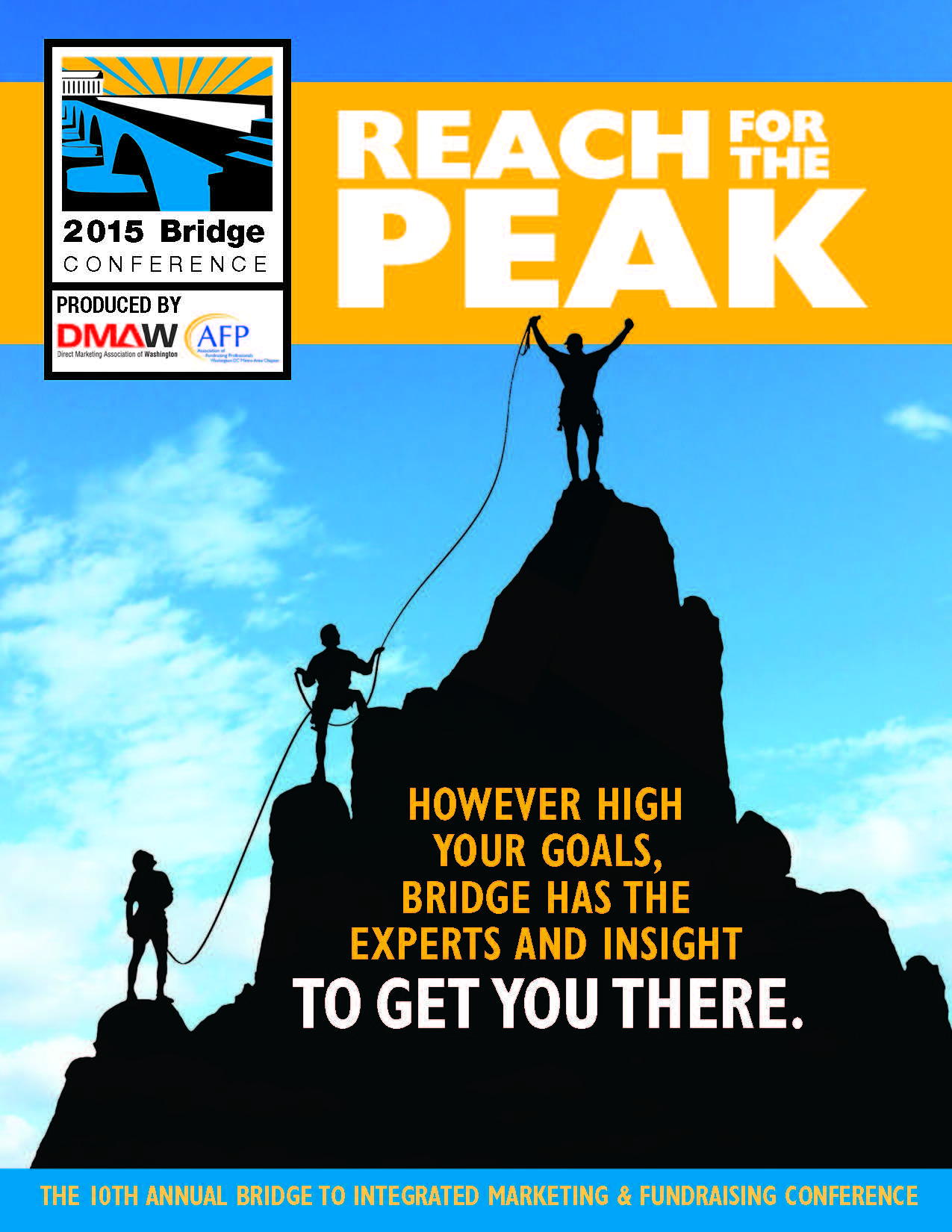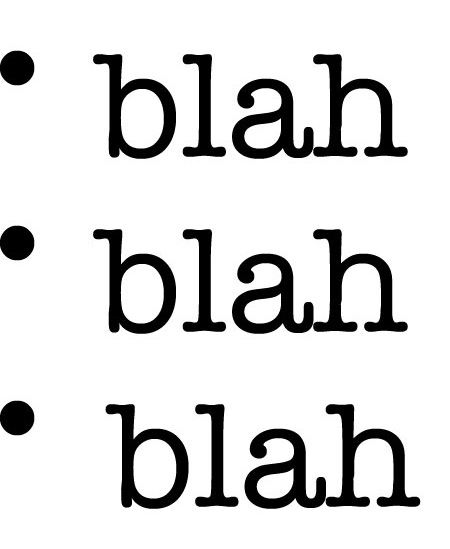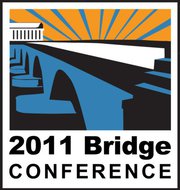 As predictive analysts and veteran direct marketers will tell you, there’s no crystal ball for really knowing whether your next direct response effort will be stellar or just so-so. But there is a remarkably accurate trick for telling whether your copy is any good before you hit send and, in turn, predicting where you might land on the marvelous-to-mediocre scale.
As predictive analysts and veteran direct marketers will tell you, there’s no crystal ball for really knowing whether your next direct response effort will be stellar or just so-so. But there is a remarkably accurate trick for telling whether your copy is any good before you hit send and, in turn, predicting where you might land on the marvelous-to-mediocre scale.
It’s pretty simple. After you’ve written your copy, ask yourself three questions:
- Does the copy thoroughly explain who your organization is?
- Has it been carefully reviewed and edited by a minimum of four people in your organization?
- Do you like it?
Did you answer yes to any of these questions? Then I’m afraid your copy probably stinks.
Of course I say this with nothing but affection and respect for all the great organizations that deserve equally great fundraising communications. But let me tell you why your copy isn’t working on these fronts so that you can hit the ball out of the park, as you deserve to, with your next draft:
1. Effective direct response fundraising isn’t about your nonprofit’s interests. It’s about your donors’ interests. No one wants to have a conversation with the person at the party who only wants to talk about himself. Instead of being that “let’s talk about me” bore (i.e. the painstaking explanations of who you are and what you do), take a “let’s talk about you” approach toward your donors and talk about your mission from their perspective. You may be pleasantly surprised by how they respond.
2. Multiple editors drain the life out of copy. They strip personality, spontaneity and risk (the good kind) out of copy, leaving a truly awful string of weird clauses and bland institutional messaging behind. They also make you slow. An organization that can’t respond rapidly to breaking news because of unwieldy routing and approval processes can’t leverage current events in its fundraising efforts. If you want your direct response fundraising to be as strong and as timely as it can be, put your foot down and radically limit the number of people with editorial authority over your direct response copy. I assure you, you will find it liberating both in terms of process and your results.
3. It’s not important to write copy that you like; you need to write copy that your donors will respond to. If you can accomplish both, that’s great. But you should worry about your donors’ interests first (see #1 again), and check your personal likes at the door. In short, write for your donors, not for yourself.
So what now? If you find that you have strayed into the territory of bad direct response copy for any of these reasons, let me assure you, you will find it well traveled by pretty much everyone, actually. It’s just evidence that you are a human living in the real world.
But be brave! Consider it a reminder that GOOD direct response fundraising copy is worth standing up for, because your organization’s mission is too.









 It’s easy to develop a fundraising idea. The real challenge in donor development is coming up with fundraising ideas, continuously, so that you can present your contributors with a steady stream of varied giving and engagement opportunities.
It’s easy to develop a fundraising idea. The real challenge in donor development is coming up with fundraising ideas, continuously, so that you can present your contributors with a steady stream of varied giving and engagement opportunities.




